“..are these the skies you dreamed of..”
It’s hard to imagine a time when the Yakuza series was incredibly niche. This was a franchise out of Japan that didn’t really land with widespread appeal outside of its own borders. However, with the release of Yakuza 0, that sort of all changed. We then saw remakes of the first two games, the spin-off series, Judgment, and a whole new take on the series with Yakuza: Like a Dragon. While the series has now shifted to simply adapt its Japanese-translated title by referring to the series as Like a Dragon going forward, one particular title never made its way outside of Japan, until now.
Ryu ga Gotoku Ishin! released on PS3 and PS4 back in 2014, but only in Japan. This title was inspired by the real-life story of Sakamoto Ryoma and would adapt real-world history in a way that still offered up a game that would satisfy fans of the franchise. The game would take characters from previous Yakuza games and place them within its alternative take on history like they were actors in a stage play. Sakamoto Ryoma himself would be portrayed by the voice and likeness of Yakuza’s own Kazuma Kiryu, and the events of the game would loosely follow the true events of this real-life samurai.
During my time with Like a Dragon: Ishin!, I looked into the life of Sakamoto Ryoma and found that certain parts of the game really do follow what he ended up achieving. There are some parts they leave out, such as his fascination with western politics and footwear, but they more or less tackle some of the more important events he is responsible for, such as having a hand in creating the Satcho Alliance. That said, I’m pretty sure it happened far differently in real life than it does here, I’ll just say that. Still, RGG really goes out of their way to honor and respect his efforts in being one of the most pivotal people in Japan’s history.
Like a Dragon: Ishin! takes place in 1860’s Japan at the end of the Edo period, also known as the Bakumatsu era. This is a time of political upheaval across the country as uprisings amongst loyalists are threatening the way in which Japan was governed at the time. Like a Dragon: Ishin! takes full advantage of the setting and political minefields that are navigated as Sakamoto Ryoma is caught in the middle of warring factions that threaten to start a war that the country may never recover from.
As mentioned earlier, Ishin! goes out of its way to convey these historically accurate moments, but they are nonetheless offered up in a Yakuza/Like a Dragon wrapper, altering some events and relationships to suit the needs of making this a video game. It can still serve as something of a history lesson for sure or even pique your curiosity to seek it out, but the DNA of Yakuza/Like a Dragon fuels the chaos that Ryoma will hack and slash through in the guise of Kazuma Kiryu.
While Like a Dragon: Ishin! is technically a remake, it is another in a long list that borders on being more of a substantial remaster than a full-on remake. On the surface, very little has changed, especially when compared with what we have seen done with Resident Evil and Dead Space. While the entire game has shifted from the Dragon engine to Unreal 4, largely due to overcoming a few technical hurdles that the Dragon engine just simply wasn’t capable of, the bulk of this game remains almost entirely unchanged. Yes, it certainly looks better and has considerably better lighting and UI, but those who have already had the chance to play the Japanese original won’t be seeing many substantial differences here from a content perspective.
One of the game’s biggest differences here is in the form of its portrayed cast, bringing in faces of notable Yakuza/Like a Dragon characters from 0, Kiwami, and through almost every other entry, including the recent Yakuza: Like a Dragon. Showing up in various roles are Daisaku Kuza, Hiroki Awano, and Keiji Shibusawa from Yakuza 0, Joon-gi Han and Kanji Koshimizu from Yakuza 6, and Koichi Adachi, Masato Arakawa, and Zhao Tianyou from Yakuza: Like a Dragon. And, it wouldn’t be a Yakuza-related title if series favorite, Goro Majima wasn’t part of this star-studded cast, and boy is he ever.
While previous Yakzua characters were part of the original release, the popularity of Yakuza 0 and its Kiwami siblings, as well as Yakuza: Like a Dragon, have seen fit to replace these previous choices and honestly, it was the smart call. While my own experience with Yakuza is somewhat limited, I remember many of these faces simply down to how well they were used and the personalities they had. These characters are so well-acted and designed that you can’t help but remember them. And, given their history with Kazuma, I was beyond ready to clash swords with each and every one of them.
Like a Dragon: Ishin! certainly feels every bit the Yakuza experience you would be expecting, albeit in feudal Japan. MIssions relative to the plot are often straight-faced and emotional, making you absorbed in the action spectacle of it all with well-acted characters, thrilling combat, and stunningly directed cutscenes. And, given that some of the best Yakuza characters are now here front and center, you feel even more deeply connected to see these events through.
Now, on the other side of the coin of what we expect from a Yakuza release is its use of humor and novelty to balance out the emotional beats and serious narrative. You’ll find countless outlets to satisfy that craving from karaoke, dancing, chicken races, noodle making, and mahjong, to dozens and dozens of substories that allow you to get to know many of the citizens in Kyo. And, thankfully, you are given ample time to take in everything this town has to offer.
While some of the substories are rather quick affairs, some continue to offer up additional moments you can spend with certain characters, such as helping a young boy compete with his friends who have the latest toys, to helping a debt collector’s clients from being taken advantage of. Almost all of these quests are worth doing, not only for the rewards that come your way, but it helps you really dig into the good that Sakamoto Ryoma is trying to do here for the people of Kyo.
And, when you are not taking in any of the mini-games, missions, or substories, you have a few other outlets to spend your time. First, is a farm life simulator called Another Life that sees Ryoma tending to his crops, adopting animals, cooking, as well as sending out a young girl named Haruka to deliver some of those crops to paying customers. The mode itself has an almost business-like sim to it as you use your earnings to pay off her debt. That said, if you don’t want to be bothered with having to fork over the cash for her to pay off her home, you need only not take part in the business aspect of it as the bill collector will never show up otherwise.
This mode itself is pretty interesting as you can use a currency called Virtue to spruce up the home, plot out more land for your crops, and build dog and cat houses to take in strays. The farming aspect of it is handled almost like sorting through Resident Evil’s inventory system and allows you to harvest your whole lot with a simple click. The cooking itself is useful as the items themselves can be used elsewhere through additional quests and more.
The Virtue that you use to build up this location is easily earned as you accomplish certain objectives like taking in a restaurant a certain number of times to looting the small pots that are littered everywhere. In fact, every good deed or activity you take part in will reward you with at least some Virtue. What is also great about this system is that you can upgrade Ryoma’s sprinting capability as well as a wealth of other options that make your life much easier in Kyo.
Another outlet to take advantage of is the new Trooper Card system. New to Like a Dragon: Ishin! are a series of combat cards that you can equip to each of your fighting styles. Once charged, these cards unleash powerful attacks or buffs and grant Ryoma additional health and combat options. The cards largely utilize characters you’ve fought throughout the game or those already under your command, but Legendary Trooper Cards can also be acquired that feature the likes of Midnight Mass’s Rahul Kholi, Cosplayer Vampy Bitme, AEW’s Kenny Omega, and VShojo Vtuber Nyatasha Nyanners, among more. While not historically accurate, there is something pretty satisfying about seeing Nyanner’s little sidekick Goro zapping the health out of your foes and saving Japan in the process.
While you can take these Trooper Cards out into any battles going forward, you can also take in special dungeon missions that grant some pretty decent rewards and money. That said, each of these areas feels hollow and the locations you visit feel built with snapped-together hallways and battle arenas that get incredibly old incredibly fast. I played through the entire first area to unlock a new zone and was met with a slightly different-colored version of the same area. Again, it’s a decent way to rack up some money, and most missions only last a few minutes anyway.
While to keep most of the story spoiler-free, Like a Dragon: Ishin! sees Sakamoto Ryoma returning home to reunite with his surrogate father and a man he calls his brother, Takeshi. Hanpeita. It’s here where the story kicks off with Takeshi wanting Ryoma to join his loyalist party that looks to change the basic foundation of the class system that is prevalent throughout Japan. It’s also during a period of uncertainty surrounding the current rule of Japan as the country is on the brink of civil war.
However, before Ryoma can even take in what efforts this party is currently undertaking, he is framed for the murder of a member of the loyalist party and flees Tosa to track down this killer and clear his name. This search then takes him to Kyo, where he will attempt to find this killer by any means necessary. Like a Dragon: Ishin! weaves this narrative around the real-life events that would see Sakamoto Ryoma become the man history would remember, a man who is directly responsible for substantial change to the way in which Japan would then rule.
While many of the events here certainly take liberties with how that story actually played out, it still carries the traditional Yakuza themes of deception, betrayal, corruption, and the bonds of family, whether by blood or the blade. Seeing the path that Ryoma will walk and the hardships he will face, the loss that he will endure, all make for wonderful drama and is boosted by stunning performances from the entire cast. Its story is emotionally satisfying, and by featuring a cast of characters you are already acquainted with, at least visually, it magnifies how fantastic each moment truly is.
What I really enjoyed about the plot is how connected and used the entire cast is. Nearly every important character has their moment to shine, fights that are nearly perfect in their execution, and how emotional these encounters can be. Yakuza has always been a series that knows how to use its cast and Ishin! is no different. I was constantly impressed with how even some smaller supporting characters would return, offering Ryoma aid or simply getting in his way. The story kept offering me twists and turns that kept me guessing, resulting in a turn of events that I honestly didn’t see coming.
The initial Yakuza games, as well as Judgment, have all had fantastic real-time combat, and Ishin! continues that trend. Fights are often fast-paced and satisfying as you can use four different styles, each offering up a fairly satisfying reason to use them. You’ll have access to the Brawler class that is built around simple hand-to-hand combat, wielding a katana with Swordsman or a gun with Gunslinger, or my personal favorite, the Wild Dancer, which benefits from the sword and the gun. Each class can be enhanced with additional moves and abilities, with some special attacks needing to be learned at dojo’s that reflect each fighting style. And, in typical Yakuza fashion, these are off the beaten path and never part of the main story.
Each fighting style has certain benefits to how and who you encounter. The Gunslinger is fairly overpowered when you find a solid gun as you never have to worry about reloading whatsoever, making it very ideal for picking off enemies from a distance. While the gun in the Wild Dancer style is decent, it’s really the swirling mobility of the sword that really made me fall in love with it. Swordsman itself has some solid defense with being able to block, and the strong slice of your sword can really deal some solid damage. Brawler was my least favorite of the bunch, but started to really come into its own once I started to learn additional attacks for it, especially due to the dojo itself. That said, I strongly recommend tracking down the dojo’s themselves as they often have some fun moments to take in alongside the training.
Helping with combat is a revamped blacksmith system that is retooled to be far more intuitive to use. As Ryoma finds materials throughout his adventures, or via the arena you’ll stumble upon in the slums, you can upgrade and craft all-new weapons, some of which are disgustingly powerful, but also take a dog’s age to actually craft. Still, this system is dramatically better than in the original game and needs to be taken advantage of in order to fully max out your abilities with each of the fighting styles.
Like a Dragon: Ishin! shows its age in how the game is structured and how the camera moves around Ryoma. There is a certain stiff feel to this game that immediately feels old and takes a while to get used to. While the camera can be a bit of an issue in confined areas, it’s how that camera moves and feels around Ryoma that can feel very dated, primarily due to RGG simply not making the title feel modernized enough in ways a true remake should. That said, the game still feels very much grounded in the feel of the original Yakuza games and allows the game to feel like a direction companion to them as opposed to a whole new thing like Judgment.
Like a Dragon: Ishin! ditches the Dragon Engine in favor of Unreal, and that has its benefits and its pitfalls, unfortunately. While the game looks significantly better with much-improved lighting and rendering, especially via the game’s stunningly beautiful cutscenes, the surface texture pop-up on the Series X during these cutscenes is present from the game’s opening moments to its end credits. This results in clothes and face textures blinking into the frame a half second each time the camera moves and this plagued my entire playthrough. If it had happened a few times or simply occasionally, I’d forgive it, but this was every single cutscene across my roughly 35+ hours here.
Apart from that issue, Like a Dragon: Ishin! has never looked better. Kyo is so full of personality and while the character models don’t hold a candle to those used in the higher-fidelity cutscenes, the aesthetic of this title is still tremendous and really made me simply want to walk around and take in the sights. From dining at one of the restaurants or walking through the market, Kyo is such a fantastic example of how to do an open world that feels lived in and not simply a catalyst for icons flooding the map. RGG’s approach to open-world games is certainly old school, but it benefits from not having that “bigger is better” mantra that AAA has convinced us is the way to go, when it often isn’t. There is a reason that RGG’s worlds are so beloved and it’s because they know how to utilize a small space and make it feel massive.
Like a Dragon: Ishin! is superb, the Series X version is a bit rough around the edges with its texture pop-in in its cutscenes, but apart from that technical issue, there is a truly remarkable game here that really needs to be explored. The story of Sakamoto Ryoma isn’t one that many people outside of Japan have been told or even knew about, but Ishin’s reliance on the source material honors the man in ways that not only make for a good story but make for one of the best Yakuza games ever made.
Developer - Rya Ga Gotoku Studio. Publisher - SEGA. Released - February 16th, 2023. Available On - Xbox One/Series X/S, PlayStation 4/5, and Windows. Rated - (M) Blood, Strong Language, Suggestive Themes, Use of Alcohol, Violence. Platform Reviewed - Xbox Series X. Review Access - A review code was provided by the publisher for the purpose of this review.


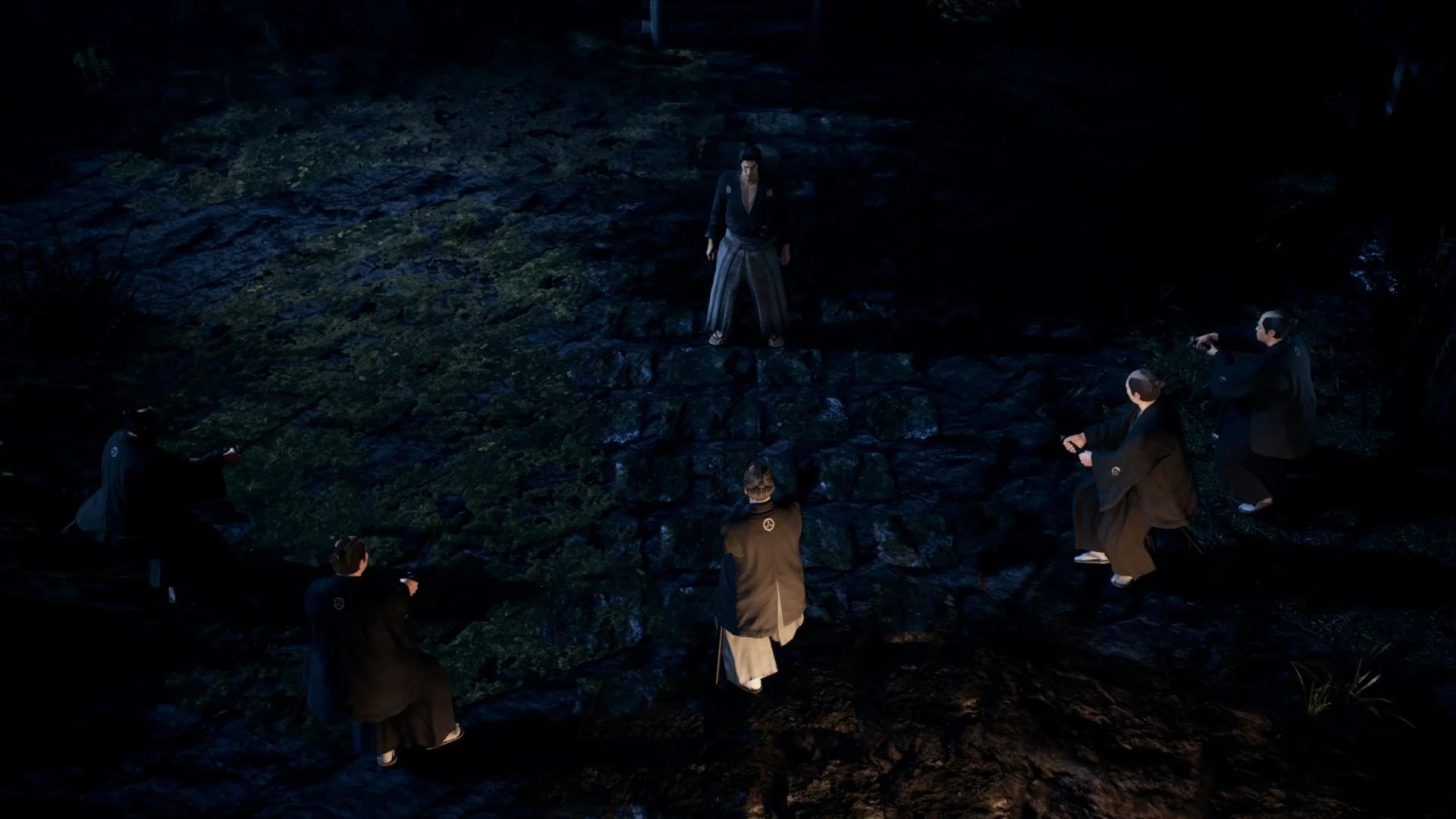

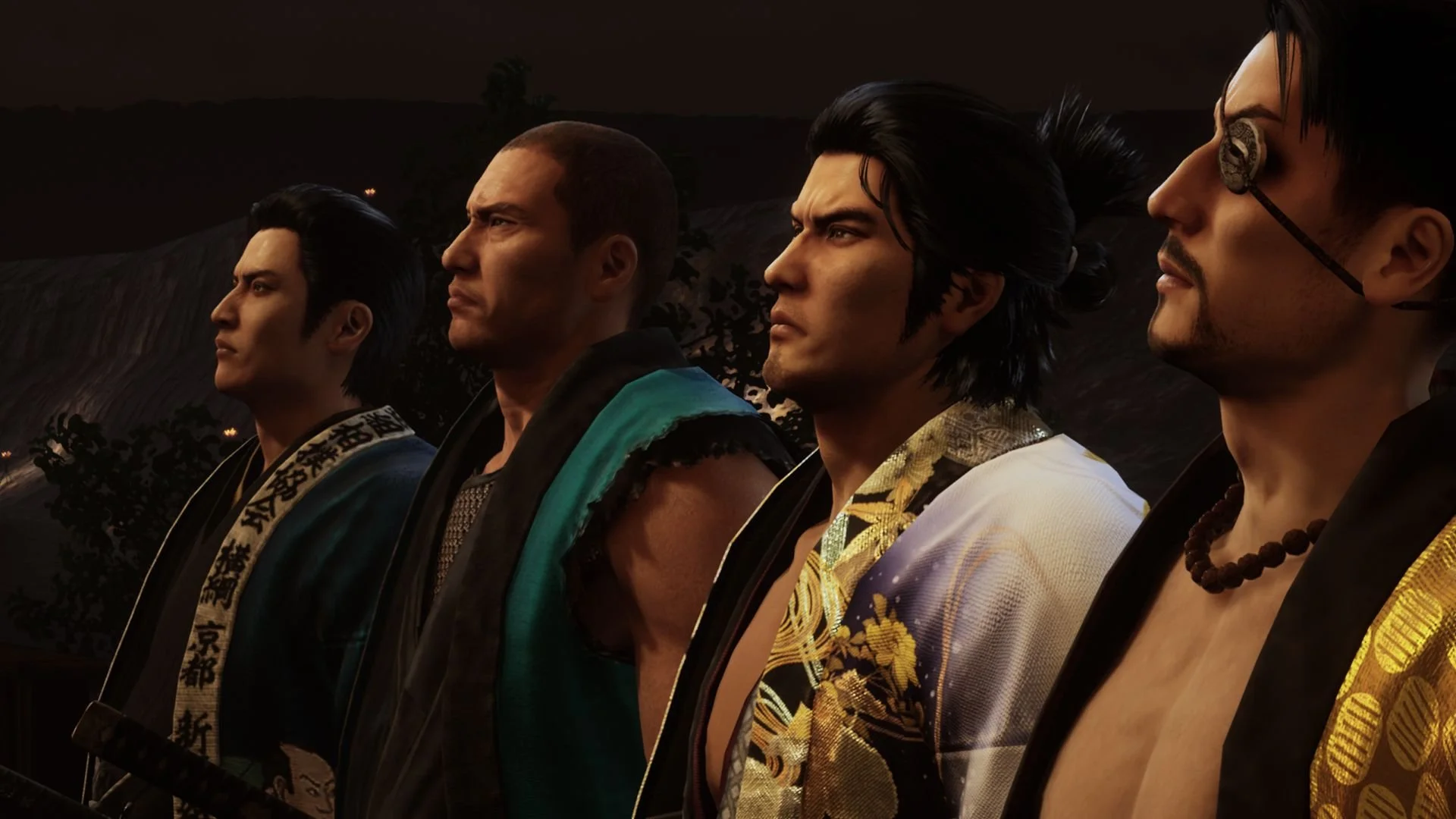

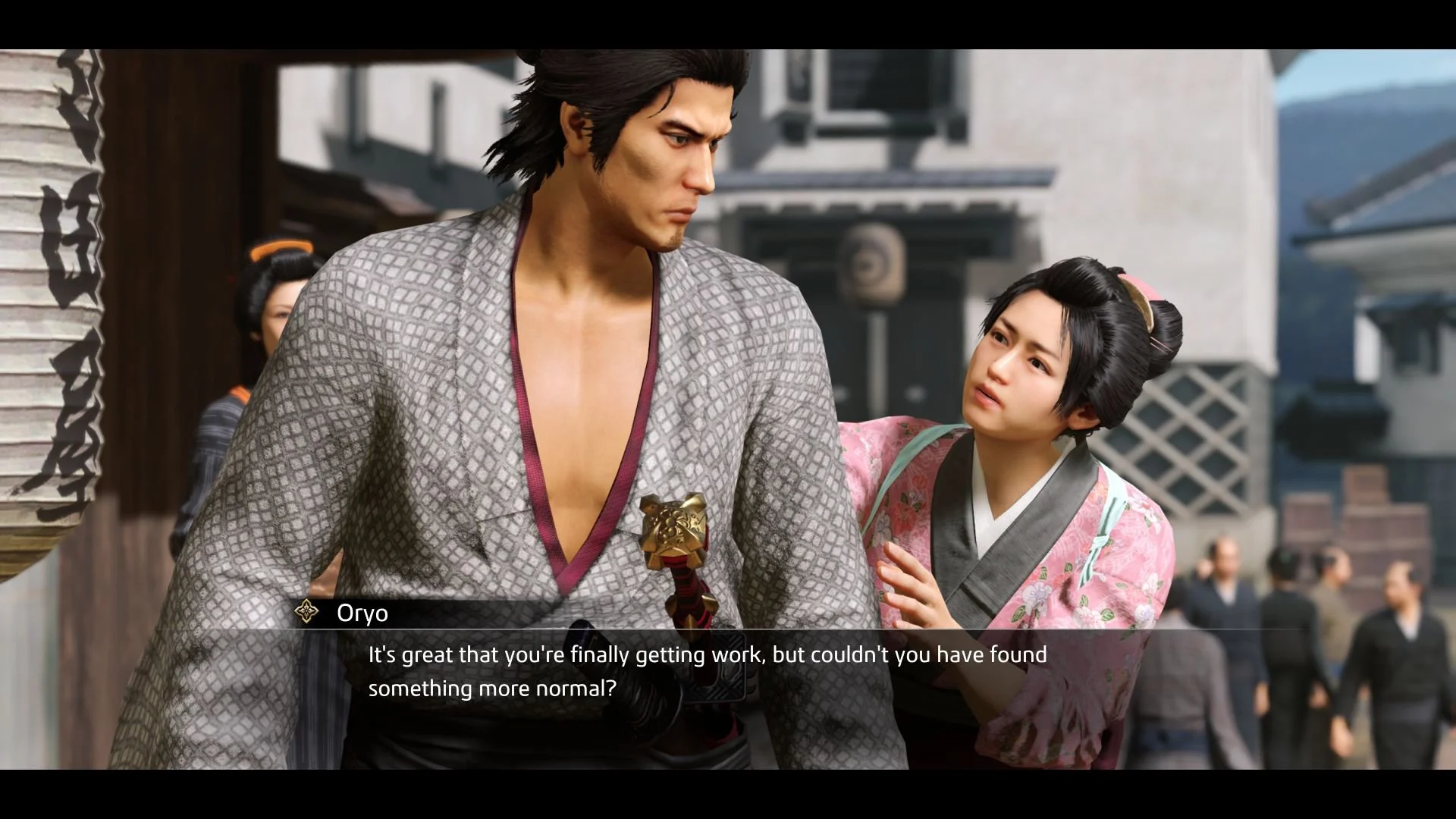

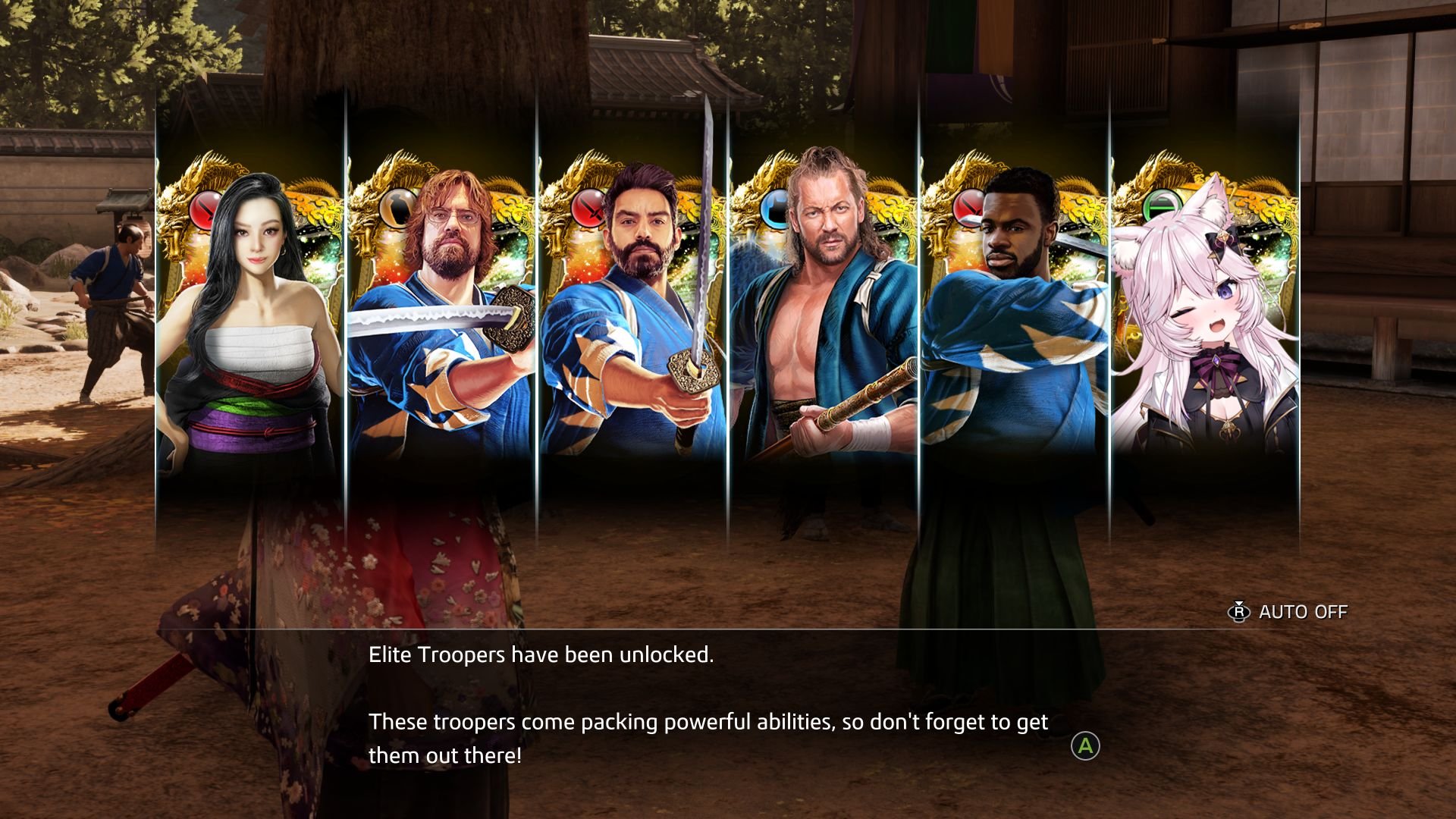


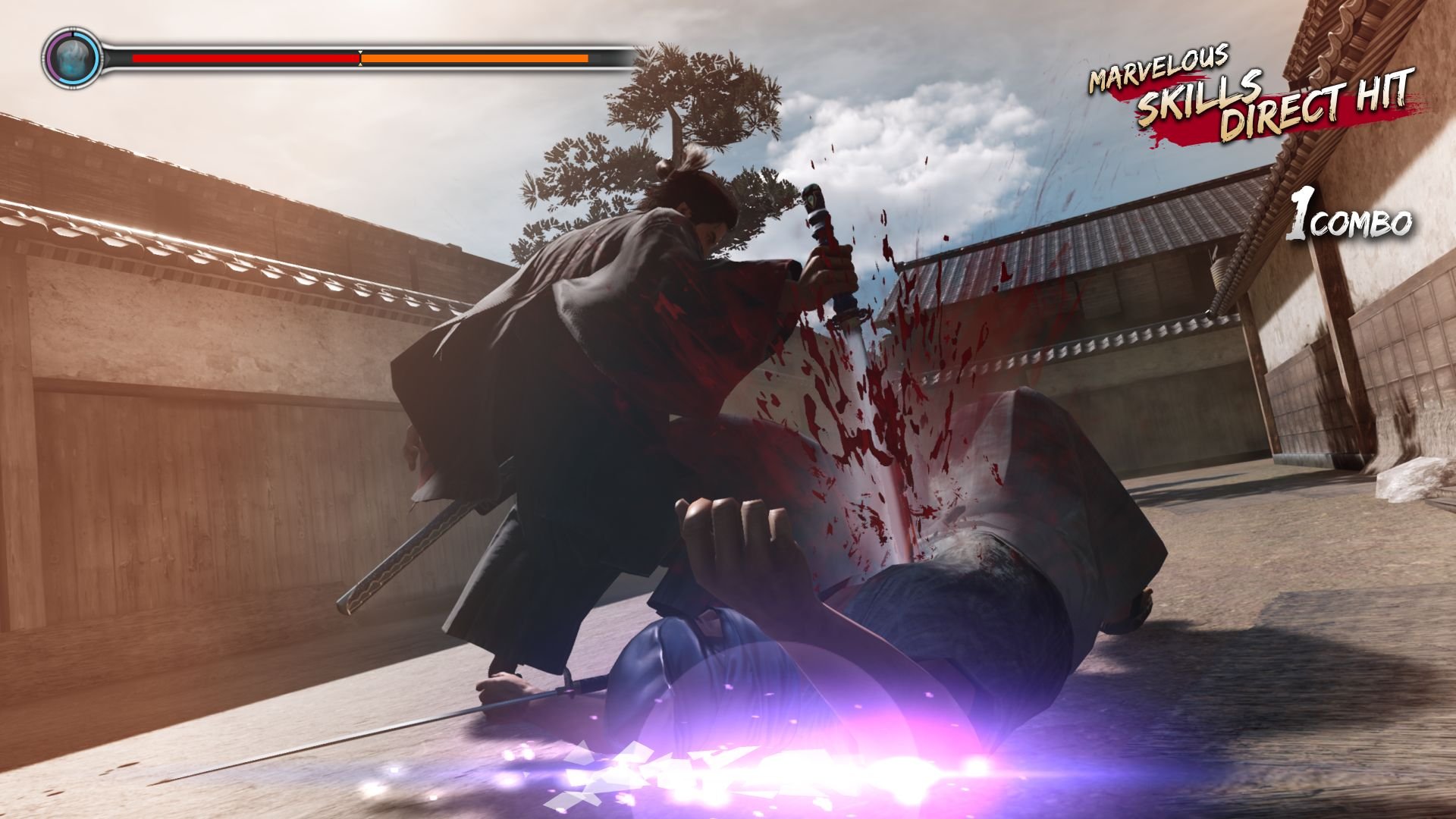

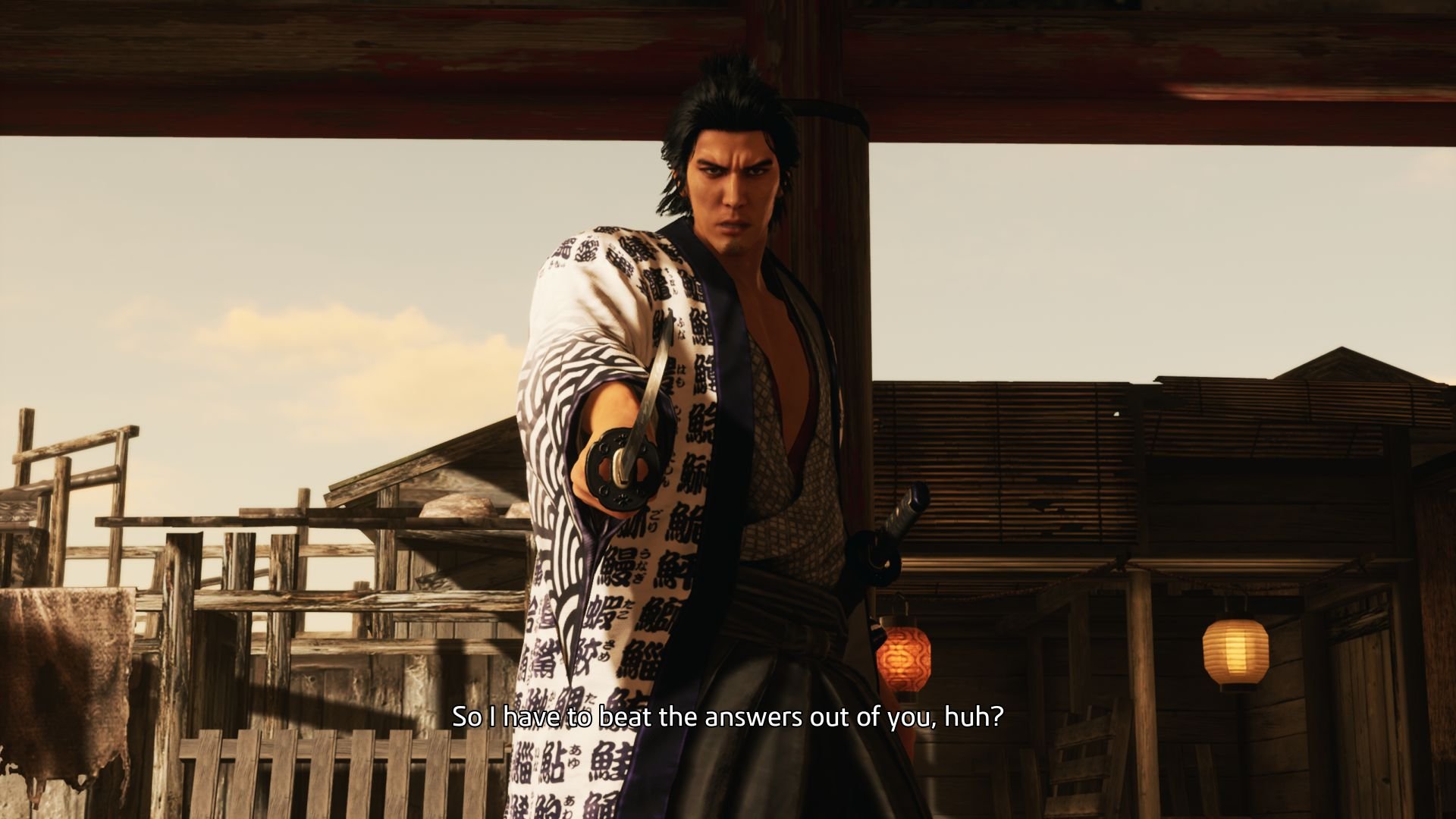


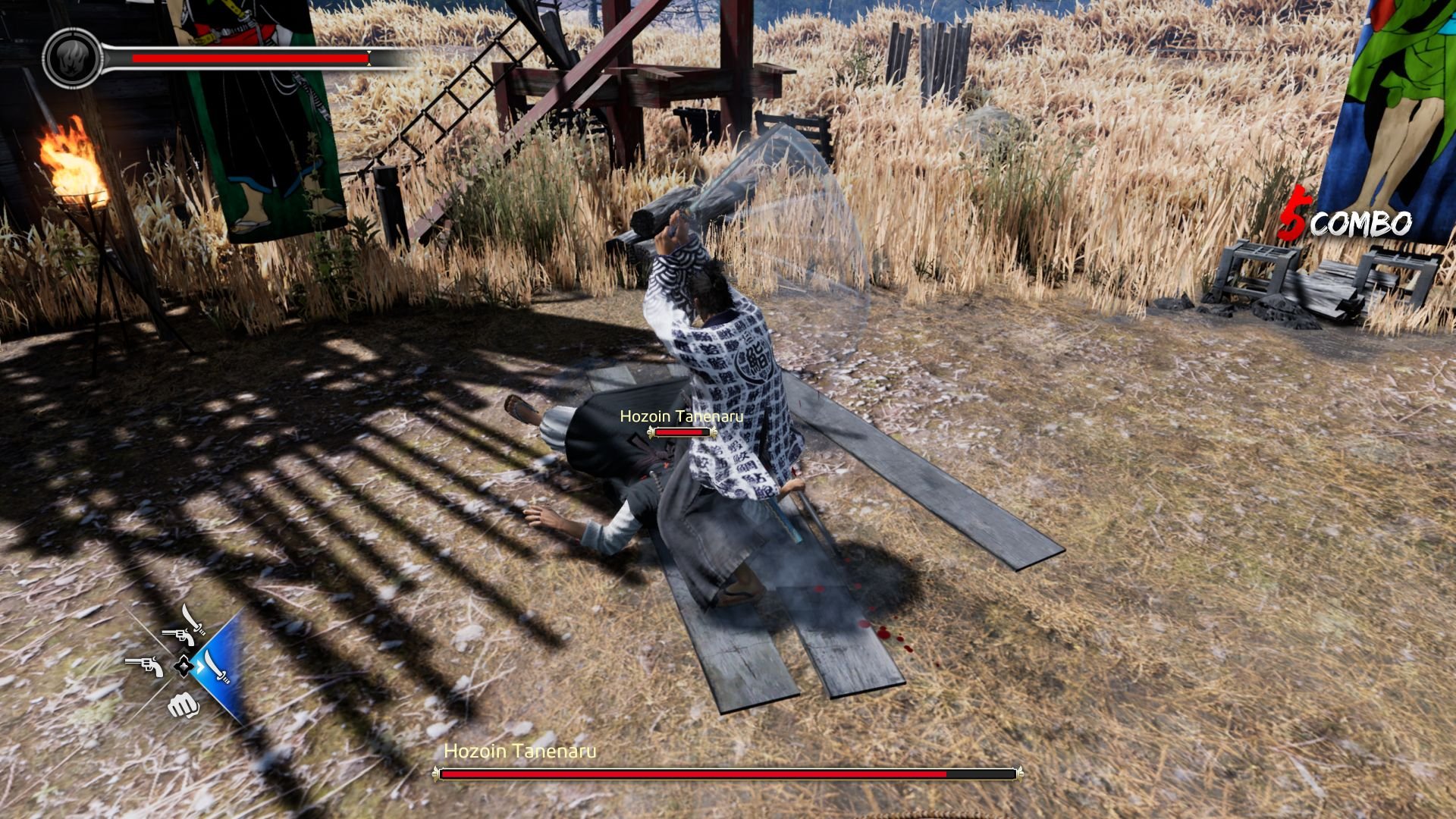





Jeff is the original founder of Analog Stick Gaming. His favorite games include The Witcher III, the Mass Effect Trilogy, Hi-Fi Rush, Stellar Blade, Hellbade: Senua’s Sacrifice, and the Legend of Heroes series, especially Trails of Cold Steel III & IV.